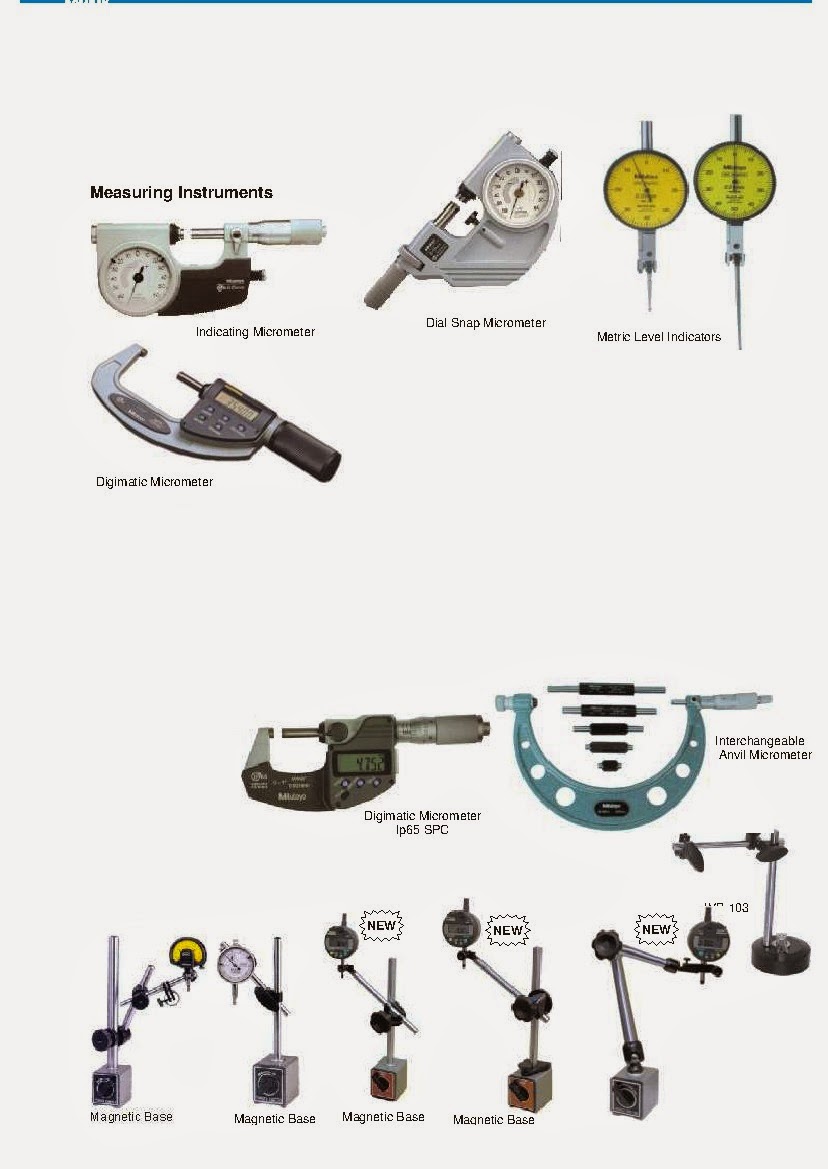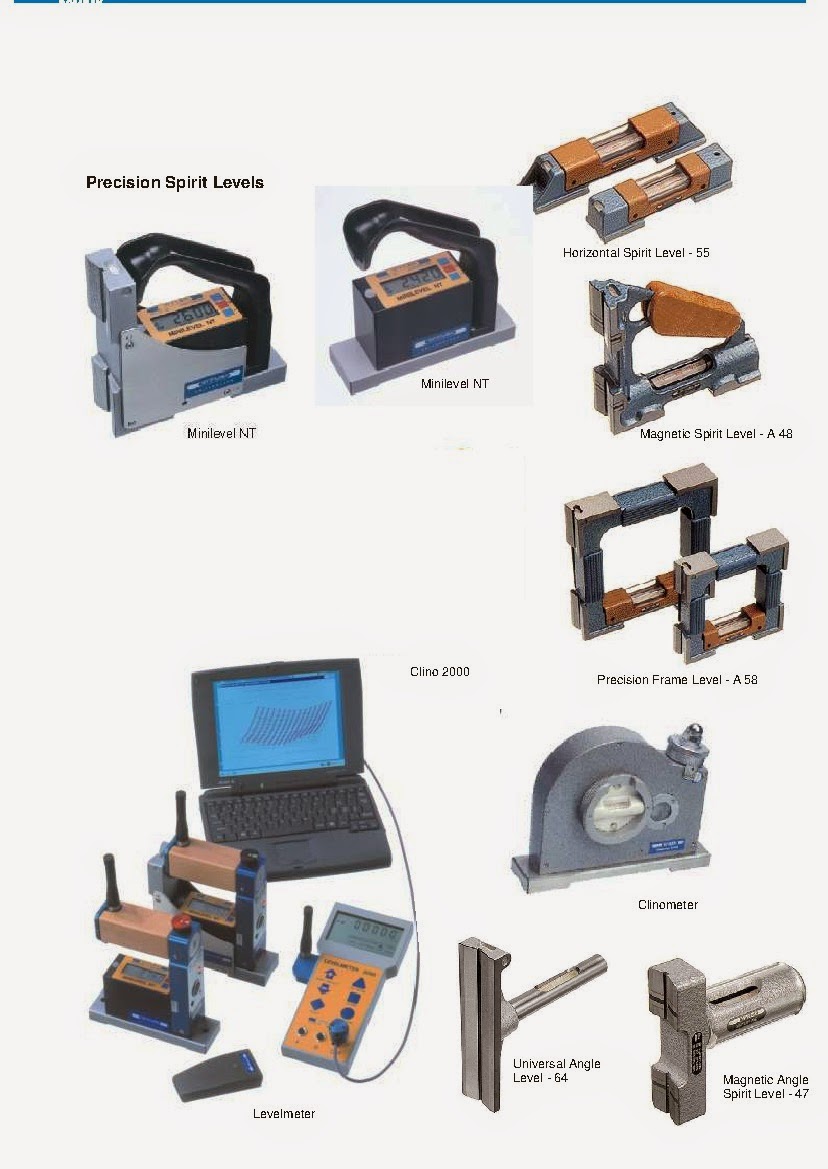Part –VIII
Some
measurements are taken during assembly of modular IP Turbine.
Journal
diameter and corresponding Bearing-bore. Records the value.
Spigot and
Recess dimensions of Couplings. Record the value
Out of
flatness of coupling Faces (within 0.02 mm concave) & Coupling hole
diameter.
IP Casing
Assembly clearances. Record the value and compare with shop result
Alignment of
IP Outer Casing w.r.t. Pedestal.
Alignment of
Lower Halves of IP Outer and Inner Casing (with Radial & Axial Keys)
Parting
Plane gap in Inner Casing after tightening of alternate Bolts (0.02 to 0.03
mm).
Alignment of
bearings w.r.t. Rotor. Record shim thickness.
Spring
setting of IVCV. Ensure mechanical cleaning of Piping from IVCV to IP Inlet.
Heat
tightening of IP Inlet connection & IP Outer Casing
Tightness of
bolts at IP Inlet connection
ASSEMBLY OF
LP MODULE
In turbine
package LP Turbine takes maximum time because the turbine comes in
loose and
need to be assembled at site. The job is voluminous and need constant
supervision
and measurement.
This
assembly can be divided in following sub assemblies
-Assembly of
girder and end walls.
-Assembly of
LP inner- inner casing and LP inner outer casing lower half.
-Assembly /
welding of LP outer casing.
Before
starting assembly of LP casing in position, following works are also to be
completed :
-
Positioning and welding of LP casing centring pin of front and rear side.
-
Positioning of key block of LP casing axial keys.
-
Positioning of all internal of condenser.
Two nos.
centring pins are to be located below LP front and LP rear pedestal. Necessary
pipe
along with
two sq. end plates are already provided in the foundation to take the radial
load
of the LP
casing:
Plumb the
centre line from LP front and LP rear pedestal bore on both side over the
square
plate of the
foundation.
Establish
accurate position of the pin and put a punch mark at a required height and mark
a
circle and a
controlling circle over all the four sq. Plates.
Diameter of
the circle must be equal to pin dia. A template equivalent to pin diameter has
to be made
for this purpose with about 20 mm thick plate . The template diameter should
be precise.
Make precise
hole to match template on all four embedded plate. Ensure that the template
is fitted
with minimum clearance and hole centres are perfect as per marking.
Drill hole
of about 10 mm diameter on one of square plate of LP front and on one plate of LP rear
for air
venting to avoid cracks during welding.
Insert both
the pins and carry out the welding as per laid down procedure. Before welding
set correct
axial position of the pins.
Insert key
block on both the pins and weld their locking ring also. Ensure proper
clearances in key
block before welding of its locking ring.
Check the
welding by DP test.
ASSEMBLY OF
GIRDER AND END WALL
Match side
matching flange of girder with the surface plate.
Match
seating flange of girder where it rests over the LP base plate.
Match and
ensure correct positioning of axial key ways of girder.
Colour match
side flanges of end wall.
Match and
ensure key block of end wall are
parallel.
Place left
and right girder with carrier plate, spacer and special packer on LP base plate.
Provisionally
align and level the girders. Set height of the girder equivalent to machine
centre line
maintaining catenaries of the machine.
Assemble
locking plate of the front and rear end wall to facilitate its assembly with
the
girders.
Assemble
front and rear end wall with the girders and ensure perfect parting plane level
during
tightening.
Align, level
LP outer casing and ensure contact of packers by colour matching/machining of
spacer
height.
Install LP
casing radial and axial keys.
Assemble
inner outer casing axial key blocks on left and right side of girder and dowel
them.
Lock with
tack welding all the vertical joint bolts.
Put a seal
weld run between girder and end wall joint all around except on top face.
Weld girder
and end wall parting plane joint with argon welding. Before welding make a V
groove with
the help of a chisel and allow the projection of material on surface. Do not
make the
groove by grinding.
Do colour
matching with a surface plate on all four corner where argon welding have been
carried out.
ASSEMBLY OF
LP INNER INNER AND LP INNER OUTER CASING LOWER HALF
Clean the
casing and check all the threaded holes.
Do colour
matching on all four corners of the casing where it rest over the girder.
Colour match
all eight carrier plates of inner casing on both side.
Assemble all
carrier plates on girder and do the colour matching with individual carrier
plate.
Prepare
Gusset plate of front and rear side with temporary radial keys for fitting in
LP inner
casing.
Level and lift LP inner outer casing and
assemble/weld both the gusset plates with the help
of some
temporary support.
Lower the
casing in position over the carrier plates fitted with spacer and special
packer.
Provisionally
align the casing radial and axial position.
Support the
gusset plate with the help of screw jack (about 10-15 tons) on front and rear
side by
taking support from condenser stiffeners. Screw jack is to be unscrewed after
box-
up.
Adjust the
height of the LP inner outer casing as per centre line of the machine and then
level it
with the help of instrument.
Ensure that
all the eight packers have good contact. Loading of each packer is to be
ensured.
Lower the
casing by about 2 mm on all the eight packers with the help of shims for
placement of
LP rotor to avoid any fouling during placement of rotor.
Fit and weld
all gusset plate stiffener pipes except pipe between LP inner outer casing and
condenser. Till
neck welding is over do not make any weld connections between condenser







